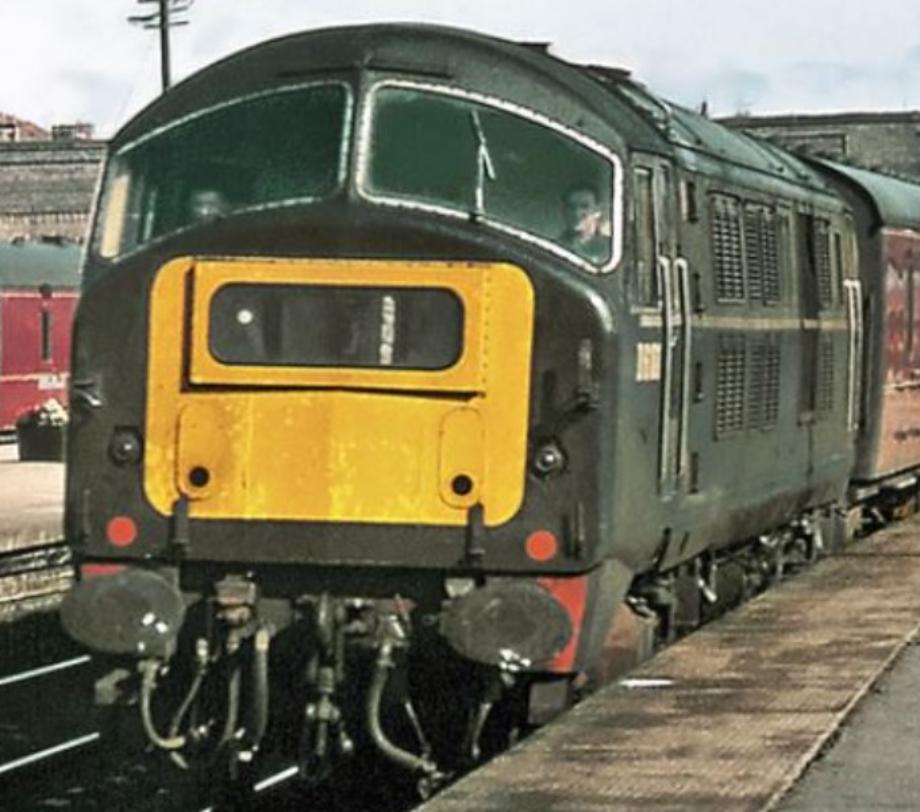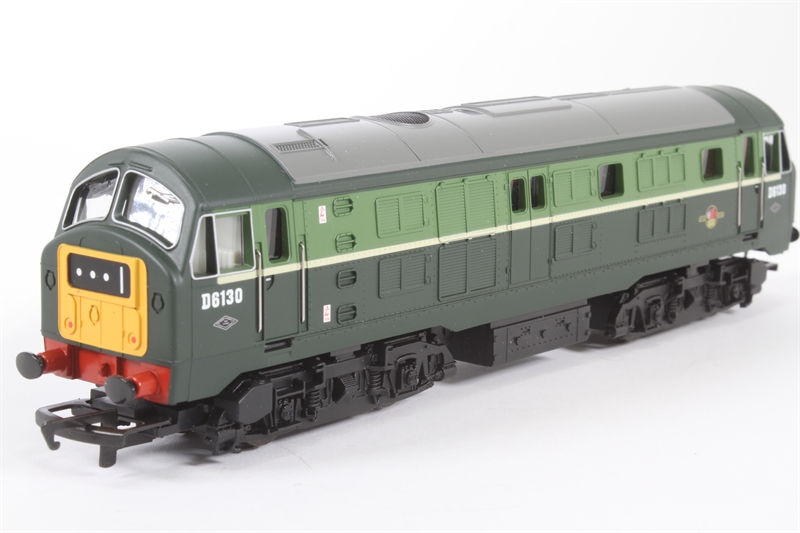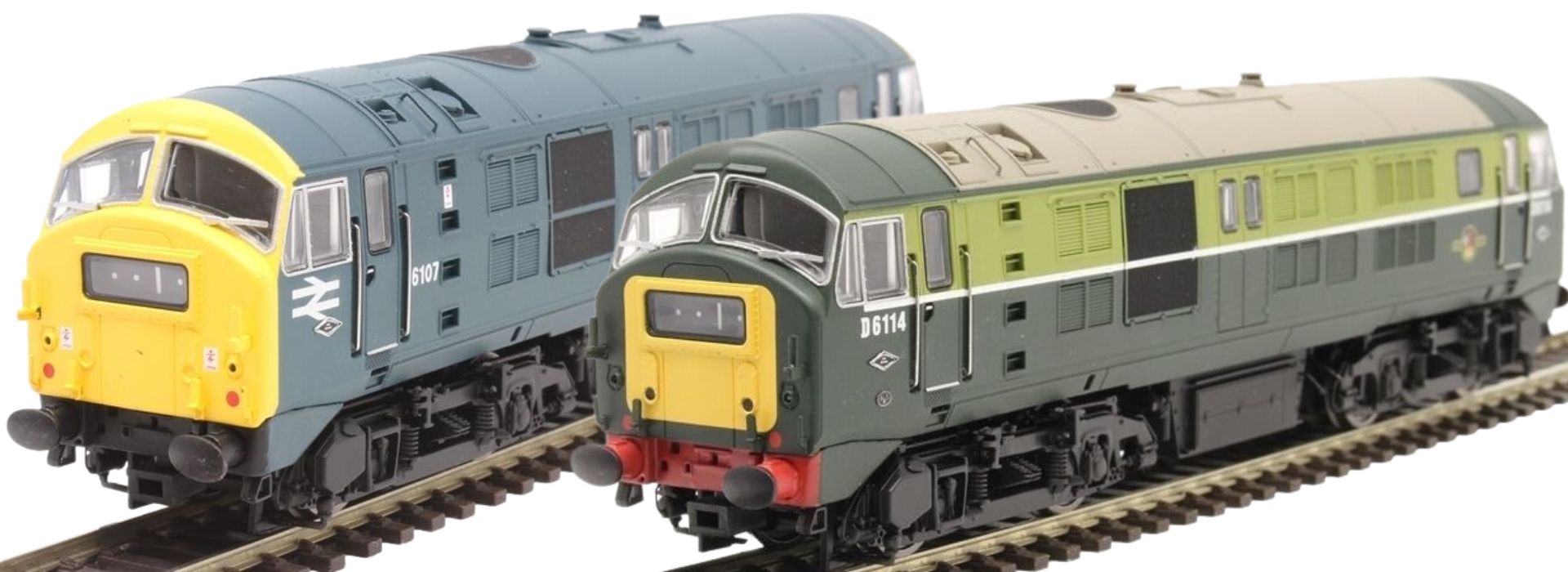Class 29 Profile and Models

D6101 approaches Stirling in August 1966. © Gordon Edgar
|
The Class 21 locomotives were built in the late 1950s and proved unreliable due to their MAN power units, built under license in the UK. To resolve this, British Railways chose to rebuild 20 of the locomotives with high-speed Paxman Ventura power units. The first trial rebuild took place in 1963 at Paxman's own works in Colchester. Nineteen more locomotives were converted between 1965 and 1967 at Glasgow or Inverurie works, before returning to service in Scotland. During the rebuild, each locomotive had a four-character headcode box added to each end. The Class 29s were immediately more reliable than the previous Class 21s, and the locomotives were put to work throughout the Scottish Lowlands on secondary passenger and light freight duties. Class 29s could also be seen on the famous West Highland line between Glasgow, Oban, Fort William and Mallaig and also occasionally as far north as Inverness. WIth the closure of some Scottish routes in the late 1960s, less locomotives were required to operate BR's Scottish Region. Despite their new reliablility, the locomotives were viewed as non-standard when compared to other classes and quickly withdrawn, with the last removed from service in late 1971. No Class 21s or 29s were preserved.
|
|
|
Type of Locomotive |
Diesel-Electric |
|
Builder |
North British Locomotive Co. |
|
Rebuild Dates |
1963 to 1967 |
|
Total Built |
20 |
|
Tractive Effort |
45,000 lbf |
|
Power Output |
1,350 hp |
|
Top Speed |
80 mph |
|
Wheel Configuration |
Bo-Bo |
|
Operated By |
British Railways |
|
Main Duties |
Regional Passenger |
|
In Service Until |
1971 |
|
Surviving Examples |
0 |




 BR green with late crest
BR green with late crest
 BR blue
BR blue